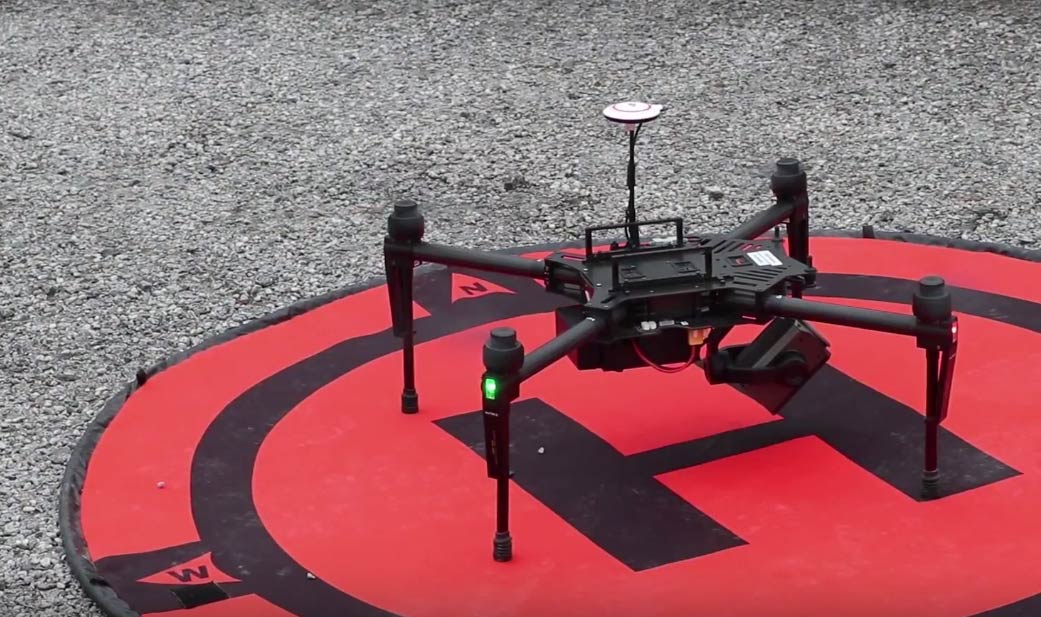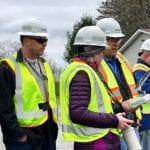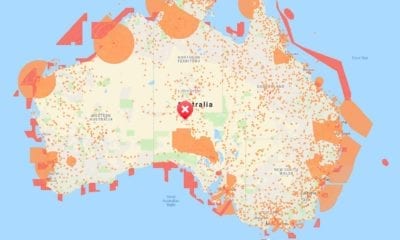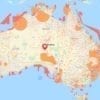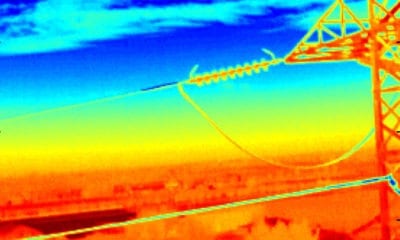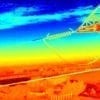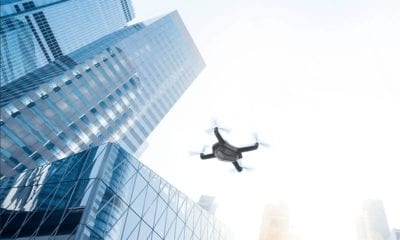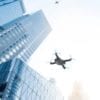FirstEnergy Leads the Way With Drones to Inspect Protected Bird Nests
Birds of prey, such as ospreys and eagles, often look for large structures, including electrical transmission towers and poles to build their nests, which can be up to a meter wide. These nesting habits often place birds near live electrical equipment, endangering their welfare and increasing risk of power outages.
Now, the energy services company FirstEnergy are leading the way by using drones to inspect the nests of protected birds of prey.
A traditional inspection of bird nests requires a line team to visit each nesting site to inspect the nest, which is not only time consuming, but also disturbs the birds and their chicks.
UAVs provide a quick and safe alternative way to inspect the places where birds have begun to nest on utility poles and other electrical equipment, without disturbing the birds by having an line worker inspect the nest.
“Typically in the springtime they cause pole fires, so this is a first that most utilities have used a drone to inspect a nest,” said FirstEnergy’s Amy Ruszala, an environmental scientist who was recently on-site for the first nest inspections.
She says the initiative is encouraging as the birds don’t seem to be bothered by the drones.
“We were initially concerned the drone would startle the birds, but they were more frightened by the people on the ground and didn’t seem to notice the drone in the sky,” said Ruszala.
“I am excited we are among the first in the utility industry to use drones for nest inspections, and confident other utility companies will use our positive feedback and follow suit.”
- Source: FirstEnergy/Flickr
- Source: FirstEnergy/Flickr
- Source: FirstEnergy/Flickr
Birds of prey are very very territorial, however, and there are plenty of examples of eagles attacking drones, such as one that damaged a drone flying over a wheat farm in Western Australia last year.
To ensure the safety of the drone, the FAA-licenced FirstEnergy drone pilot, was required to maintain a buffer zone of 330 feet between the drone and the nests.
Using a drone, each nest inspection was completed in 15 minutes. If the drone observed a nest without eggs on a power pole, a line worker in an aerial truck confirmed that it was empty and removed the nest. Specialized equipment has also been installed to divert and prevent the fishing eagles from nesting at the poles in the future. Altering or eliminating nests can be a complicated task due to environmental regulations. In most cases, an active nest that contains eggs can not be altered.
After the drone captures high-resolution images inside the nests, the company’s environmental support staff work with line workers to determine the best course of action to protect both the birds and the infrastructure.
So far, seven inspections of osprey and eagle nests have been conducted by FirstEnergy’s drone pilots, and expect this number to increase significantly over the next year.
“If a nest with eggs is situated on our equipment and poses a serious threat to the birds’ safety and our service reliability, we will work with state wildlife officials to install a special nesting box to provide a safer home for the ospreys and eagles,” Ruszala said.
Environmental scientists and utility leaders at FirstEnergy plan to team up with wildlife officials this fall and use the drone footage to identify and build new nesting platforms for the birds, far away from electrical equipment.

